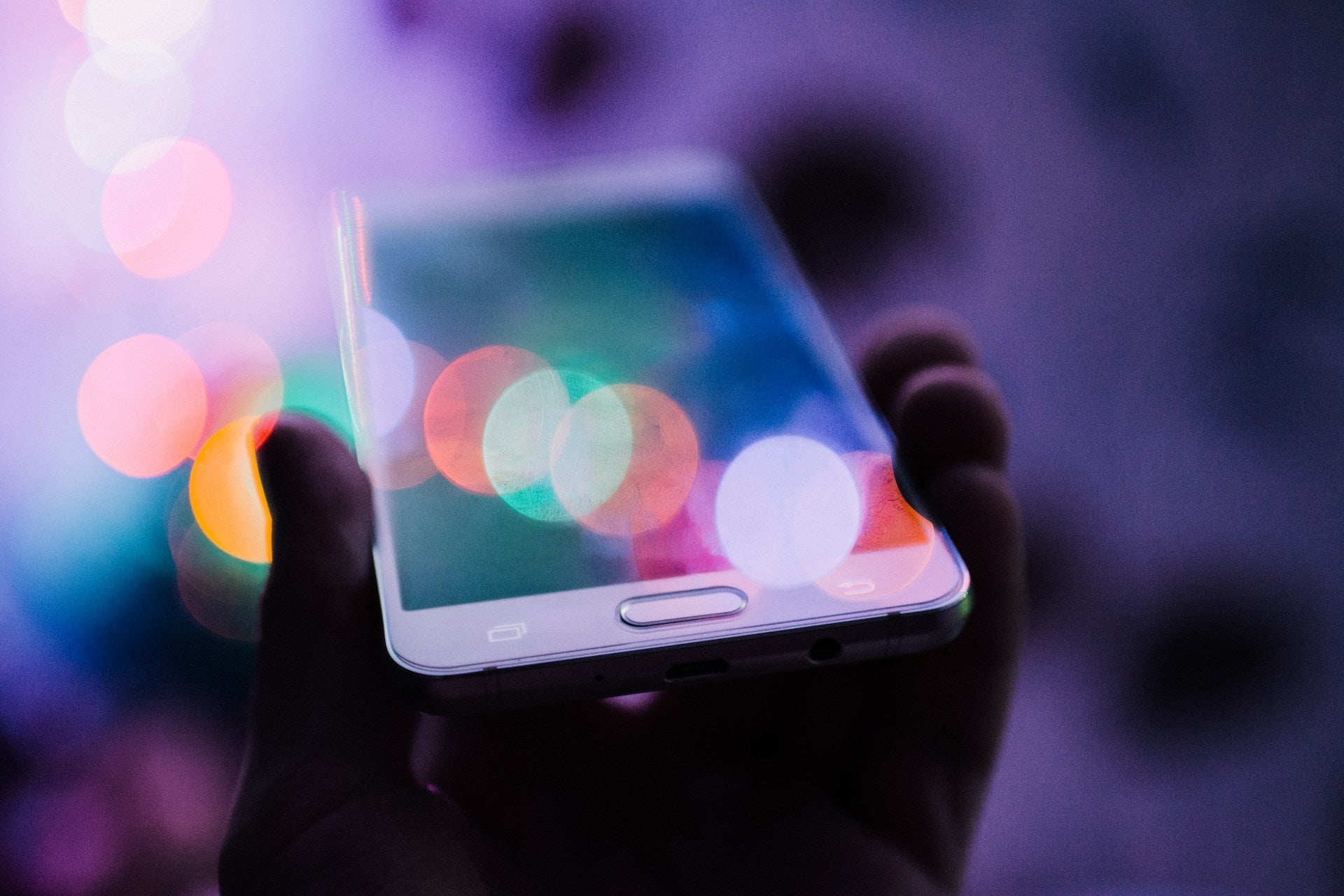How Doing Nothing Can Improve Productivity and Peace

In today’s culture, stillness is often misunderstood. It’s mistaken for laziness. Idleness. A waste of time. We're conditioned to believe that productivity is tied to how much we do, how fast we move, and how many things we check off a list. But what if the opposite were true? What if the most powerful thing you could do for your mind, body, and performance was... nothing?
Stillness isn’t passive. It’s not scrolling. It’s not distraction. True stillness is a conscious pause. It’s presence without pressure. Attention without effort. And for those brave enough to practice it, stillness can be transformational.
The Science Behind Stillness
Neuroscience has shown that the brain doesn’t power down when you're resting. In fact, when you're not actively focused on a task, your brain switches to what's called the default mode network (DMN). This network lights up during introspection, self-reflection, creativity, and memory consolidation.
In other words, doing nothing isn’t a break from thinking—it’s a different kind of thinking. One that allows your mind to process, integrate, and reset. That’s why so many breakthroughs come while you're in the shower, walking aimlessly, or staring out a window. Stillness makes space for insights that busyness crowds out.
Cortisol and the Calm Response
Our bodies were not designed for the constant stimulation we now consider normal. Notifications, emails, newsfeeds, and deadlines keep our nervous systems in a low-grade state of alert. Over time, this persistent activation leads to fatigue, anxiety, and burnout.
Stillness offers a reset. When we sit quietly or intentionally disconnect, the body shifts from the sympathetic (fight-or-flight) state to the parasympathetic (rest-and-digest) state. Cortisol levels drop. Heart rate slows. Muscles relax. The body and brain begin to recover.
This isn’t just about mental health. Physiologically, the body functions better when it's allowed to rest. Digestion improves. Blood pressure stabilizes. Inflammation lowers. All from doing nothing.
Stillness vs. Distraction
It’s easy to confuse stillness with zoning out. But there’s a key difference. Distraction numbs. Stillness invites awareness.
Scrolling through social media, binging a show, or falling into a TikTok rabbit hole may feel restful—but often leave you more drained. That’s because these activities hijack your attention without allowing recovery. Stillness, by contrast, gives your mind and body space to recalibrate. It slows the pace of input, letting you reconnect with what’s actually going on inside.
Practices That Cultivate Stillness
You don’t need to sit cross-legged in a candlelit room for an hour to experience the benefits of stillness. Small moments, done consistently, can shift your baseline.
Try one or two of the following:
1. Silent Mornings
Before you check your phone or speak to anyone, sit in silence for 5–10 minutes. Breathe. Let your thoughts wander without judging or clinging to them. It’s a quiet way to anchor your nervous system before the noise begins.
2. Non-Sleep Deep Rest (NSDR)
Popularized by neuroscientist Dr. Andrew Huberman, NSDR protocols involve lying down and following a simple body scan or breathing pattern. These states mimic deep rest and can help with focus and stress regulation.
3. Nature-Based Stillness
Sit by a tree, river, or open field with no agenda. Don’t bring music or a book. Just be. Let the stillness of the environment affect you. Nature has a way of quieting the mind without force.
4. Tech-Free Transitions
Replace a digital scroll with a moment of pause. After work, instead of jumping into dinner prep or Netflix, lie down for five minutes with your eyes closed. Before bed, sit in low light and breathe. Let one part of your day gently dissolve before starting the next.
5. Scheduled Idleness
Yes, literally schedule it. Block 10 minutes on your calendar where you do nothing. Protect that time the way you would a meeting or workout.
Why Stillness Improves Performance
We often think that more effort leads to better results. But peak performers—from elite athletes to top creatives—know that recovery is where the real gains happen. Stillness helps you return to action with more cla

rity, focus, and energy. It’s not the opposite of performance. It’s part of it.
Just like muscles grow during rest, ideas often take shape in stillness. You can’t force insight, and you can’t sprint forever. Stillness creates the conditions for deeper intelligence to emerge.
Final Thoughts
In a world addicted to momentum, stillness is radical. It asks you to step back when everything says move forward. It invites you to listen when the world shouts. It reconnects you with your own rhythms, which often get drowned out in the rush to keep up.
Stillness isn’t the enemy of progress. It’s the soil it grows from. If you want to live with more clarity, less reactivity, and deeper purpose, start by doing nothing. The silence might surprise you.




